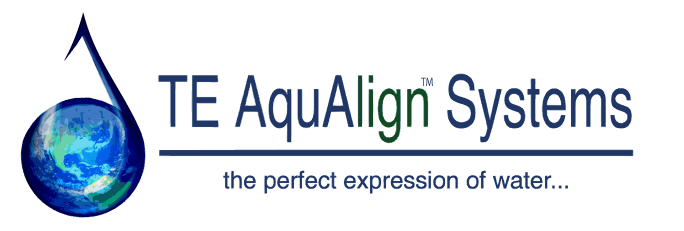
Defining the Requirements…
Understanding the roles water plays in each separate application seems like a daunting task… since water performs so many jobs. But really, when you think about it, the scientific community has been working diligently for the last 100 years figuring out the ‘processes’ in virtually every industry. So combining what they know about a process, with what we know about water, allows us to pretty clearly define the key requirements for performance enhancements.

Just as we have defined that water used in concrete production needs to have traits which reduce slump, so too have we established key requirements for animals and plants. Using a simplified plant diagram to demonstrate:
Water enters the soil and in moving through it, picks up and retains some of the mineral molecules it comes in contact with. This ‘loaded’ water enters the plant through root hairs, and subsequently moves upward through the plant eventually delivering both its mineral/nutrient 'load' and additional benefits aiding in turgidity, hydration, photosynthetic reaction, etc.
From these ‘functional’ requirements, we are able to define the ‘key’ performance requirements. So we know, for example, that a ‘tighter’, more linked structure (see “What’s Changed in our Water”) will facilitate the movement of the water molecules through the plant cellular structure. And we know that the greater the mineral/ nutrient ‘load’, the more efficient the conversion from a supplementation of the soil to plant uptake. And these considerations continue… thus we are able to enhance the innate attributes of water to facilitate these functions.
By defining the ‘tasks’, we can define the ‘job’… and from there, it’s only a few more steps to designing the ‘tool’ that will deliver the benefits your business needs.
To talk further about your requirements, or any questions you may have, we welcome your call… or
